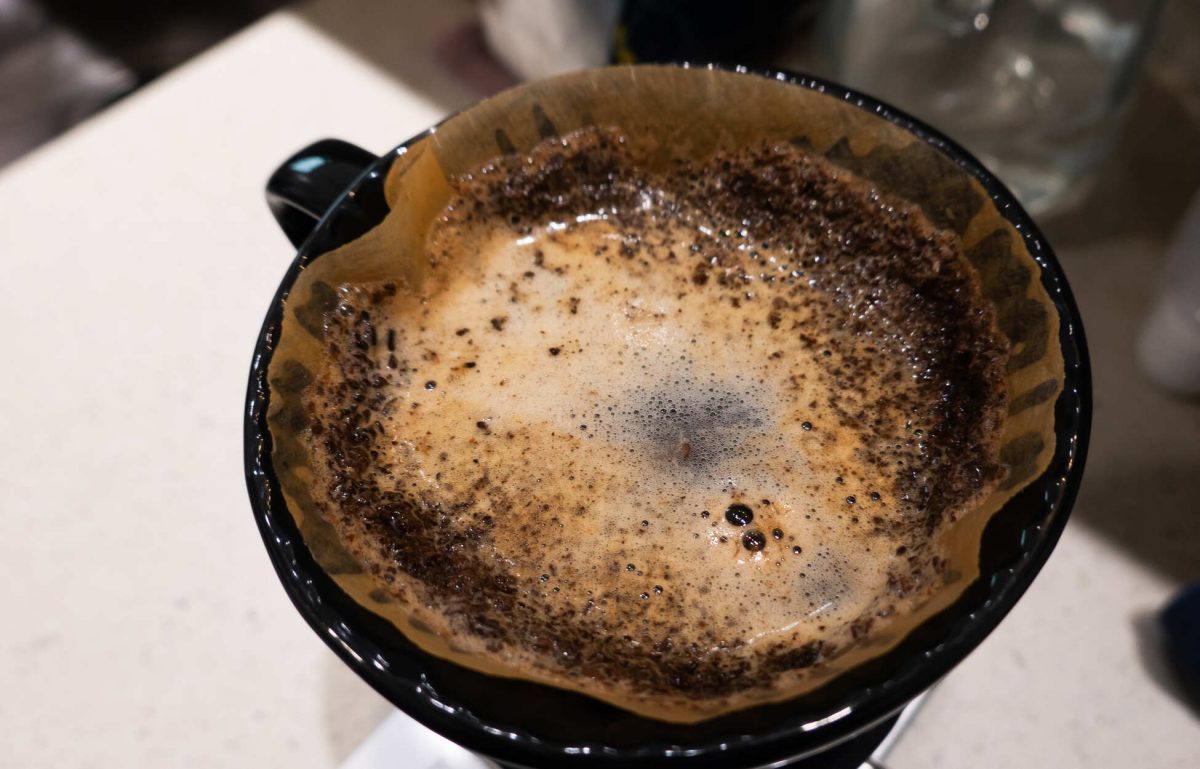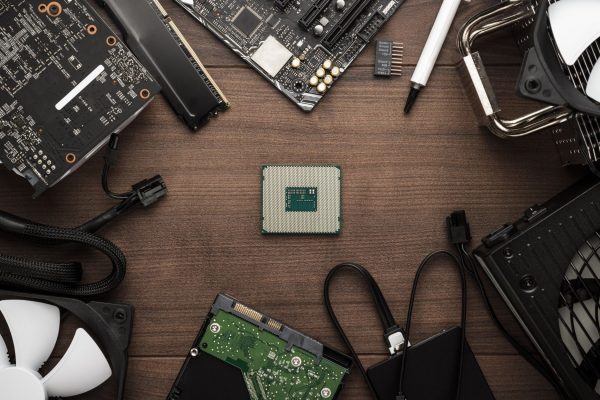If you’re a coffee lover or pour-over enthusiast, you’ve probably heard of blooming your coffee grounds. But why is blooming so important, and how does it impact your brew?
This practice is a core component to unlocking your coffee’s full flavor potential. We’re going into greater detail about the importance of blooming your coffee grounds, including a few tips and tricks to master the art.
What Does Blooming Mean?
Blooming refers to the process of pouring a small amount of water over your coffee grounds to kickstart the brewing process. This step allows carbon dioxide (CO2) trapped in freshly roasted coffee beans to escape. When hot water interacts with the coffee grounds, you’ll notice bubbles forming on the surface—this is the bloom. It typically happens at the beginning of the brewing process and lasts about 30 to 45 seconds.
This process is important because CO2 can interfere with water’s ability to extract flavorful compounds from the grounds. By allowing the gas to escape during blooming, you create the perfect environment for even extraction, which directly translates to a richer and more balanced cup.
How Blooming Enhances Your Coffee’s Flavor
Every coffee drinker knows that flavor is everything. Blooming your coffee contributes significantly to the extraction process, which determines how flavors are drawn out of the grounds. Without blooming, CO2 disrupts this process and often results in a cup that tastes flat, sour, or uneven.
When done correctly, blooming ensures that water interacts evenly with the coffee grounds by releasing oils and aromas that define your brew’s flavor profile. This is especially noteworthy for pour-over coffee enthusiasts, where control and technique play important roles in brewing a great cup.
The Importance of Freshly Ground Coffee
The freshness of your coffee plays a vital role in the blooming process. Freshly roasted and ground coffee contains higher CO2 levels, which are retained during roasting. The blooming step allows this gas to escape delicately, making the interaction between water and coffee more effective.
Factors That Impact Blooming Success
While blooming might seem straightforward, several variables can influence its effectiveness. Water temperature should ideally be between 195 and 205 degrees Fahrenheit, or 90 and 96 degrees Celsius. Too hot, and you risk scalding your coffee grounds; too cool, and you won’t trigger an effective bloom.
Your coffee grind size also plays an important role. For pour-over brewing, a medium grind is usually ideal, ensuring water flows evenly through the grounds. Finally, maintaining the right coffee-to-water ratio—typically 1 gram of coffee to 16–18 grams of water—is essential for achieving an even bloom and balanced extraction.
Tips for Mastering the Bloom
Perfecting your bloom especially enhances the experience of brewing pour-over coffee. Start by pouring a small amount of water—about twice the weight of your coffee grounds—in a slow, circular motion to evenly saturate them. Resist the temptation to rush—pausing for 30 to 45 seconds allows the trapped CO2 to escape fully. Tools like gooseneck kettles can make precise pouring easier for beginners.
Blooming your coffee grounds unlocks flavors that might otherwise stay hidden, making it an indispensable step in the brewing process. By understanding the science behind blooming and focusing on freshness, water temperature, and grind consistency, you’ll significantly improve your daily cup.
Want to take your brewing skills further? Read through this beginner’s guide to brewing pour-over coffee and start crafting cups that highlight the true potential of your beans.













